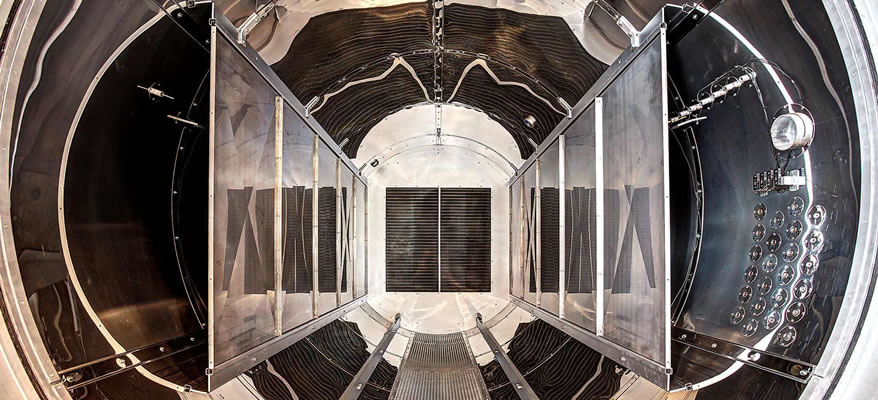Excerpt reproduced from in High Performance Composites magazine and later at www.compositesworld.com.
Improvements in materials, tooling and process control bring RTM and VARTM into the realm of aerospace components.
… the spec must be followed and run in the same way every time. To ensure uniformity, VSC controls its process with the Sentinel system from CompuDAS (Shelton, Wash., U.S.A.), a general-purpose industrial controller commonly used in the composites industry to control autoclaves (see HPC March 2003, p. 27). In fact, the same hardware can control any thermal system, including autoclave, RTM, VARTM and other industrial processes. The difference lies in the software user interface. For VSC’s RTM system, CompuDAS designed an interface that enables the operator to control processing variables, such as vacuum, pressure and temperature. Although the system has the capability to turn injection ports on and off, and thus fully automate the process, the system is designed to pause the process at key operator decision points, such as for leak checks and resin temperature verification.
Read the full article at www.compositesworld.com


